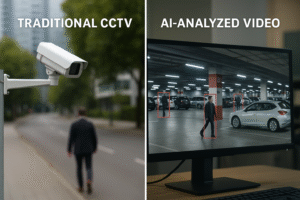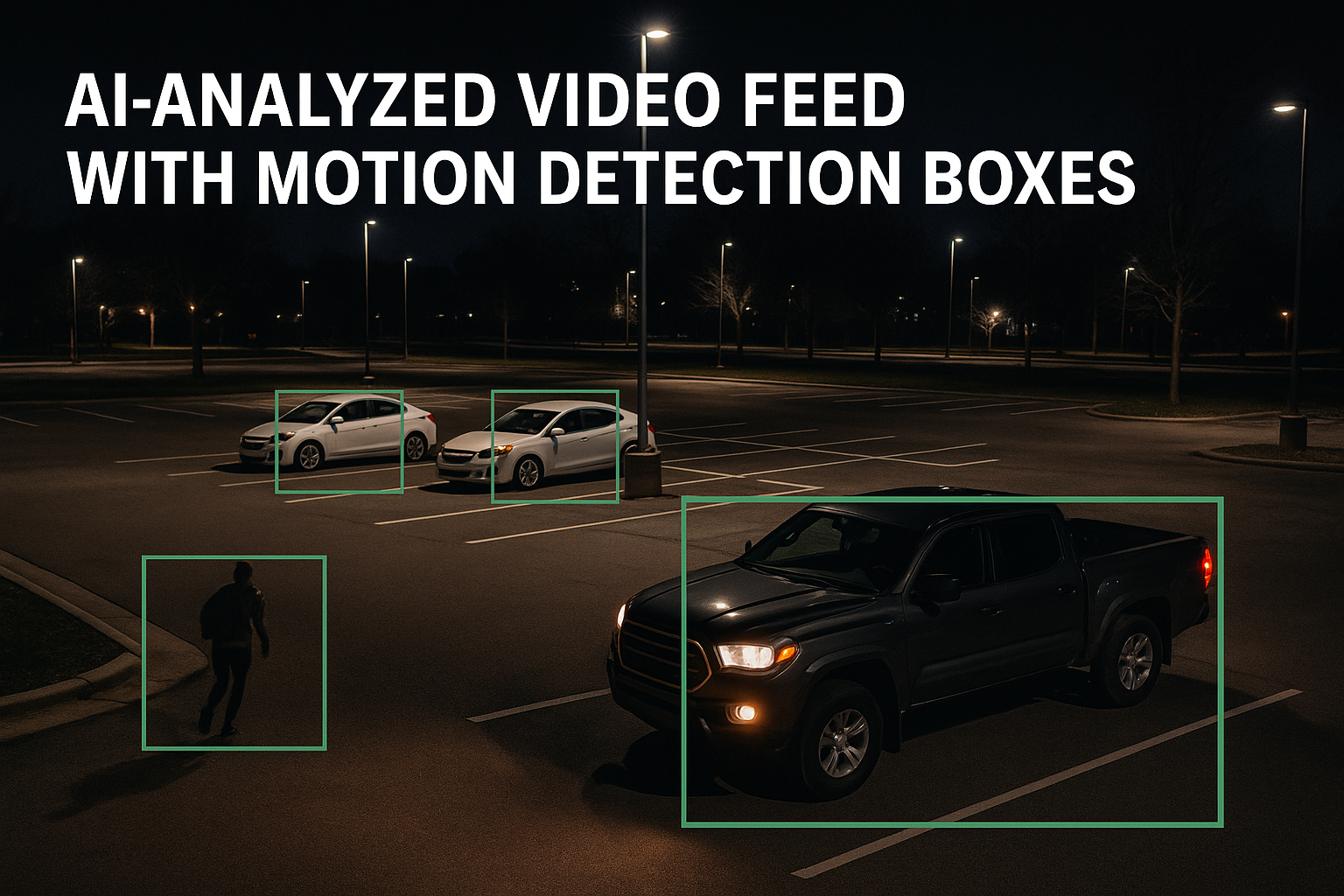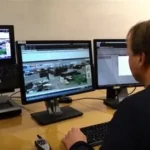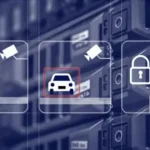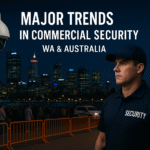Artificial Intelligence (AI) is rapidly transforming the security landscape — and it’s no longer just for big tech firms. From automated intruder alerts to predictive analytics and encrypted data systems, AI is now helping small and medium businesses operate safer, smarter, and more efficiently.
So how can you harness it — securely?
Leveraging AI Without Compromising Safety
1. What Is AI-Powered Security?
AI in physical security refers to software and systems that analyse real-time data to detect patterns, threats, or anomalies — often without human intervention.
Examples include:
- Facial recognition at entrances
- Smart video analytics that detect loitering, trespassing, or tailgating
- Predictive alerts based on learned patterns (e.g. unusual after-hours access)
These tools allow security systems to work smarter, not harder, reducing false alarms and enabling real-time response.
2. Strengthen the Digital Perimeter: It’s Not Just Physical
With AI-powered systems often cloud-based or network-connected, cybersecurity becomes just as important as physical barriers.
Essentials for business owners:
- Use multi-factor authentication (MFA) on all security portals
- Ensure your network uses end-to-end encryption for all camera and access data
- Work with vendors who offer secure, Australian-hosted platforms
- Regularly update firmware on all IP-connected security devices
3. Who Should Be Involved in Security Tech Decisions?
Too often, security upgrades are made without IT involvement — or vice versa. This can lead to gaps between physical and digital layers of protection.
Best practice:
- Involve your IT lead or external provider in all AI security discussions
- Align your cybersecurity policy with your physical access strategy
- Ensure staff are trained in recognising phishing, data risks, and system misuse
AI, Compliance & Practical Takeaways
4. Are AI Systems Privacy-Compliant?[AM4]
AI surveillance raises new questions around data privacy and regulatory compliance.
Business owners should:
- Display clear signage if AI systems (e.g. facial recognition) are in use
- Understand local privacy laws (e.g. Australian Privacy Principles)
- Work with licensed providers that follow ethical and legal AI use practices
- Ensure data retention policies are clear, and footage is deleted regularly
5. Combine AI with Human Insight
AI doesn’t replace your team — it supports them. The most effective systems:
- Alert humans to potential issues (but don’t auto-escalate everything)
- Integrate with monitoring centres or mobile patrol services
- Free up personnel to focus on meaningful tasks — like customer service or on-site response
Smart + Simple = Safer.
Best Practices Summary: AI Security Integration Checklist
| Task | Why It Matters |
|---|---|
| Enable MFA | Stops unauthorised access to your security dashboard |
| Encrypt video/data | Protects sensitive activity footage |
| Update firmware | Fixes vulnerabilities and improves AI accuracy |
| Audit network access | Keeps your physical security from being hacked |
| Combine AI with monitoring | Balances automation with human action |
Ready to Upgrade? Let’s Talk Smart Security
Whether you’re curious about AI camera analytics, real-time alerts, or integrating cloud-based access control, SCS offers secure, scalable systems designed for Western Australia’s commercial and civic environments.
sales@safercommunity.com.au
Follow us on LinkedIn
